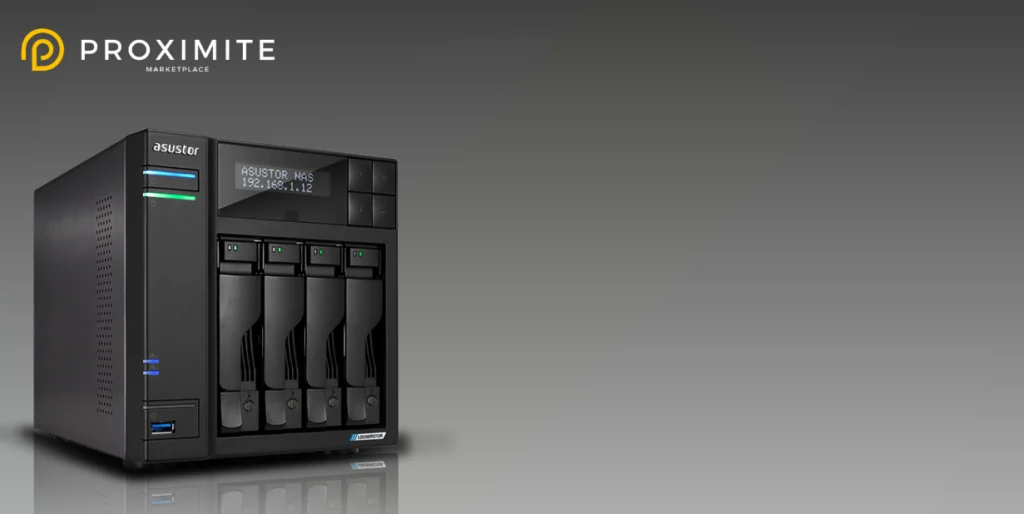At the forefront of wholesale operations lie the wholesale pricing strategies, pivotal in achieving a delicate equilibrium between profitability and competitiveness. In this dynamic landscape, setting prices too high can deter potential buyers, while pricing too low risks compromising margins or even incurring losses. As such, as a wholesaler, your pricing strategy serves as the linchpin of success, requiring continual evaluation and adjustment in response to shifting market dynamics.
Understanding Your Costs: The Foundation of Pricing
Join us at Proximite Marketplace as we navigate the wholesale landscape together, crafting strategies for sustainable growth and success.
Before diving into specific strategies, it’s crucial to understand your cost structure. This includes:
- Direct Costs: The raw materials, labor, and manufacturing expenses directly associated with producing your product.
- Indirect Costs: Overhead expenses like rent, utilities, salaries, and marketing costs that contribute to running your business.
Once you have a clear picture of your total costs per unit, you can establish a baseline price that ensures profitability.
Exploring Wholesale Pricing Strategies
Here are some common wholesale pricing strategies, each with its own advantages and drawbacks:
- Cost-Plus Pricing: This straightforward method involves adding a desired profit margin to your total cost per unit. It’s easy to implement but may not account for market competition.
- Market-Oriented Pricing: Here, you research the prices your competitors offer for similar products. This ensures you stay competitive but might limit your profit margins if competitors have lower costs.
- Value-Based Pricing: This strategy focuses on the perceived value your product offers to retailers. By demonstrating your product’s unique benefits, you can command a higher price point.
- Penetration Pricing: This involves setting a lower introductory price to gain market share. It can be effective for new businesses or launching new products but requires careful planning to avoid eroding long-term profitability.
- Bundle Pricing: Offering discounted bundles of complementary products can incentivize larger purchases and increase your average order value.
- Quantity Discounts: Rewarding larger orders with lower per-unit prices encourages bulk buying and strengthens relationships with high-volume retailers.

Choosing the Right Strategy: A Multi-Factor Decision
The ideal wholesale pricing strategy depends on several factors:
- Your Target Market: Are you catering to high-end boutiques or budget-conscious discount stores? Understanding your target audience’s price sensitivity is crucial.
- Your Product Line: Are you selling a well-established brand or a new, innovative product? Established brands often command higher price points.
- Market Competition: Research your competitors’ pricing strategies to remain competitive without sacrificing profitability.
- Profit Goals: Clearly define your desired profit margins to guide your pricing decisions.
Beyond the Basics: Advanced Strategies for Success
While the core strategies above provide a foundation, consider these additional tactics to optimize your pricing:
- Dynamic Pricing: Adjust your prices based on real-time market conditions, like seasonal demand or competitor fluctuations.
- Psychological Pricing: Use strategic pricing tactics, like ending prices in “.99” to influence buyer behavior.
- Minimum Advertised Price (MAP): This policy sets a minimum price at which retailers can advertise your product, preventing price wars.
Negotiating for Success: Striking Deals with Buyers
Wholesale pricing is often a negotiation, with buyers seeking the best possible price. Here are some tips for successful negotiation:
- Be Prepared with Data: Back up your pricing with clear data on your costs and the value your product offers.
- Offer Flexible Options: Consider volume discounts and tiered pricing structures to accommodate different buying needs.
- Maintain a Strong Value Proposition: Clearly communicate the unique benefits your product brings to the retailer’s business.
Conclusion: Continuously Monitor and Adapt
The wholesale pricing landscape is dynamic. Regularly monitor your sales data, competitor pricing, and market trends to ensure your strategy remains effective. Be willing to adjust your pricing as needed to maintain profitability and adapt to changing market conditions.
By understanding your costs, exploring different pricing strategies, and negotiating effectively, you can craft a wholesale pricing strategy that fosters healthy profit margins, attracts loyal customers, and positions your business for long-term success in the ever-evolving world of wholesale commerce.













